Another Code: Recollection (Nintendo Switch) Review
By Sandy Kirchner-Wilson  30.01.2024
30.01.2024
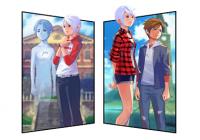
Another Code: Two Memories was released in February 2005 and was a short but relatively loved DS title that made great use of all of the DS's features. Another Code R: A Journey into Lost Memories was a Wii sequel released in 2009 that expanded the story of its main character and used the Wii Remote to its fullest. Original developer CiNG is now out of business. Hence, it was surprising to be greeted with this "recollection" of the current, complete series of Another Code titles, especially in 2024, 15 years after the last entry. This new collection, published by Nintendo and developed by Arc System Works, presents the games in a completely new format with drastic re-designs. Can it live up to the original games or even improve on them?
In terms of a collection, Another Code: Recollection goes for a slightly different approach to most by redeveloping both titles essentially into a single game. No opening screen presents games to pick from or anything like that, instead opting to drop players on a title screen (with lovely art) where they can simply start a new game or view the options. For this review, the approach will be to tackle each original title's story individually and the collection's gameplay and design as a whole package.
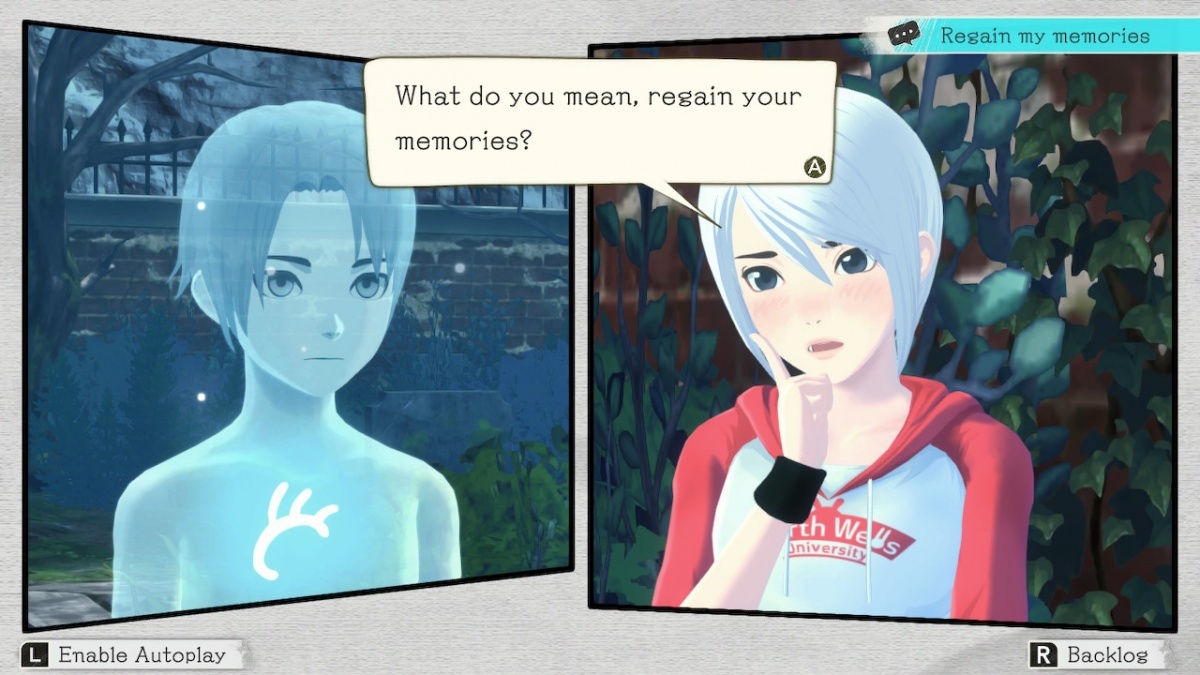
Another Code: Two Memories was a unique title that made use of the DS's power to offer comic-style cut-scenes and a 3D top-down view for the main gameplay. It was designed as a fairly typical adventure puzzler and featured a nice melancholic storyline with some good twists that took place over the 5-6 hours runtime. Here, players get to meet the protagonist Ashley and within a short timescale understand her motivations, share in her emotions and generally enjoy her monologuing. Players also run into some differences as the European translation plays things straight, with no shoehorned-in humour or attempts to be dismissive; it's all just heartfelt discussions and emotional payoffs. However, in the American translation, not only was the game called Trace Memory, it also featured a lot of jokes, dismissals and generally inferior characterisation, making it no surprise the sequel never made it over there.
This new version takes what was an unvoiced story told in slides and opts for an (almost) entirely voiced script and some fully animated cut-scenes. First things first, the story here uses less cocky script writing, allowing for it to lean into the melancholic feeling it goes for and Ashley is as loveable as ever, meaning players can't help but want to help her solve her problems. In this first adventure, she heads to Blood Edward Island - so-called due to the island's dark history - to meet her father whom she thought was dead. She travels with her aunt and very quickly runs into trouble. Her aunt is missing, the boat is gone until evening, a child appears to her AND memories come flooding back for them both - Ashley is in for a difficult time. It's still a short story but all the best beats are still here, although sometimes the presentation is missing some of the visual punch of the art from the OG.
For the sequel, Another Code R, this is the first time it's made a release worldwide, meaning that US players can finally continue the adventures of Ashley. This title focuses more on relationships and puts Ashley and her dad at the forefront. Taking place two years after the first outing, players join a more mature Ashley, styled as a 2000s teenager, as she gets embroiled in another mystery. Once again, she is the standout character of the story and a lot of what she thinks and experiences influences how those in control may feel about aspects of the tale. She is invited out to go camping at Lake Juliet, a location that immediately sets off a memory of her and her mother, but when she arrives, her bag is stolen and her dad is nowhere to be seen. This then branches out into a fun mystery surrounding the camp and the lake's laboratory, which won't be spoiled here.

The gameplay has now been aligned across the two stories. Gone is the pseudo 'side-scroller, point-and-click' from the second title and it doesn't use the top-down exploration from the first game, either. Instead, the developers over at Arc System Works have shifted the perspective to a more modern behind-the-character, traditional third-person view. This has its challenges, of course, but it does offer a somewhat more intimate view of the events at hand. Both adventures use this style, as well, so the entire experience is now much more consistent, if a little less unique. To accommodate the, also uniform, control scheme, the puzzles are new and redesigned. This is due to the games before using the touchscreen, motion and all possible control facets of their respective consoles and, therefore, not being transferable directly to Switch where it can be played on the TV. This does mean puzzles are majorly less inventive but they are still absolutely fitting for the gameplay's new design.
Puzzles are at the core of Another Code's identity and they were always fun, if sometimes a little fiddly. Here, the new and revamped puzzles are all decent but they lack the tactile feel of the originals. Sometimes things must be done in a certain order to solve a riddle, and steps cannot be skipped, which feels restrictive but there are other conundrums that allow for player agency and they feel great. The new D.A.S. device that Ashley uses is fashioned after the Switch, with a more tablet-style design rather than a Wii Remote or a DS. It is integrated quite well, with several in-universe uses. Across both titles there are collectables that can be scanned using the D.A.S. camera; finding them is usually not very difficult but having this more tactile interaction grounds the game in some ways. The second tale expands on this further by integrating the D.A.S. into the story, with puzzles and environmental photography being required for progression on some occasions.
Visually the collection does a lot of good things. Although lacking the dark blacks of the contrast-y DS game and the watercolour-esque presentation of the sequel, it does have a pleasant atmosphere. This remake is going for an anime approach that for the characters and some of the environments looks fantastic, especially when paired with the beautiful animation in most of the cut-scenes. They do a great job portraying emotions on characters' faces and occasionally through body language that the originals weren't quite so adept at. Character designs have also been synced up and tweaked to make the games' transition better; Ashley looks a bit softer, cuter and has quite a drastic costume change, especially in the second title. This is consistent for other characters, too, who all benefit from re-drawn faces and redesigned costumes, allowing for them to present their personality better.
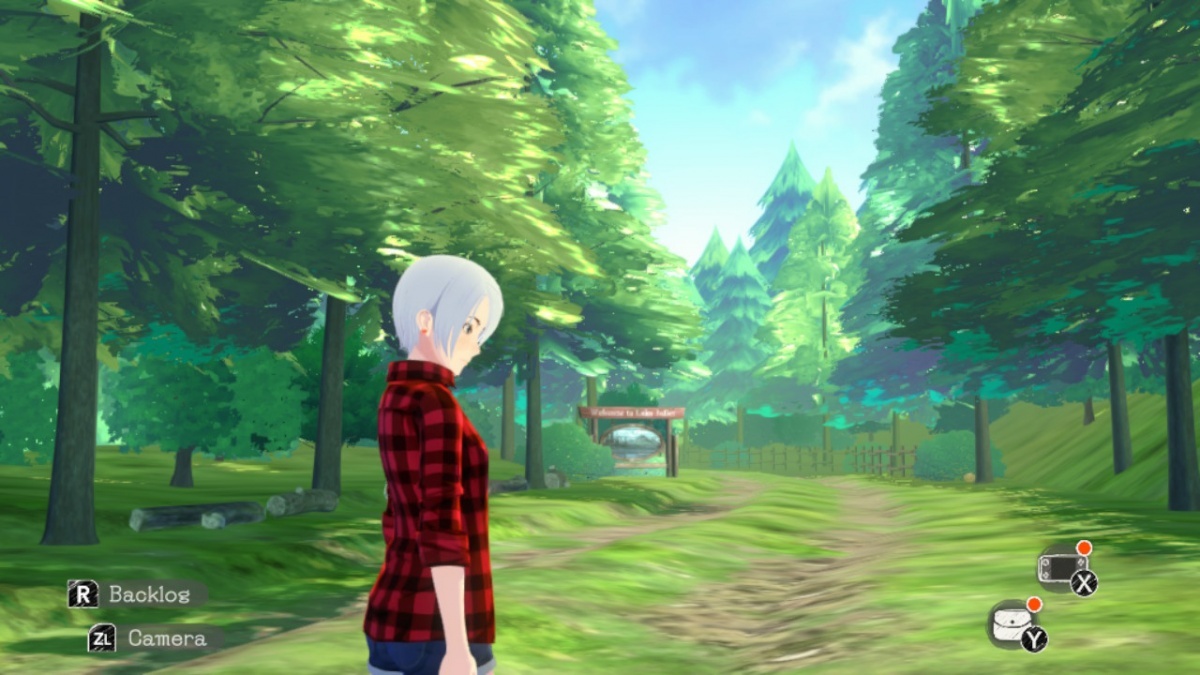
However, environments are a mixed bag. Clearly there were some design choices made to make the environment fit the anime-ish aesthetic and it almost gets there. Some scenes look beautiful and others look, well, rough, like layers of detail are missing or the limitations on the rendering for trees in the second game's forests. Interiors fair better and the abandoned mansion of the first game has some great rooms with nice features and colour choices. It does bring back the sad wonder of the original title well, although some rooms could have benefitted from a little extra clutter to fill them out a little. Bottom line is, sometimes the environments look decent and even nice on occasion, but a lot of them are either very simple or even rough enough to call below average. The worst offender is the wave texture at the end game of Two Memories where the pixels can be counted by eye.
Aurally, these games are terrific, with the soundtrack redone and remastered to great effect. Familiar themes and sound effects adorn the game, which really brings a nostalgic hit. The score throughout sufficiently supports the important scenes by befitting both the scene and the characters' feelings being presented. It's lovely. New in this package, as well, is the almost complete voiceovers. The English dub is great, although for the review it was 90% played with the Japanese voices. All the characters are well cast and were directed for their character particularly well. It's something that stands out in the emotional scenes and helps the game punch above its weight.
Now, roll on the revival of the Kyle Hyde duo of Hotel Dusk and Last Window, please, so we can get that Kyle-Ashley crossover the team at CiNG wanted to do!
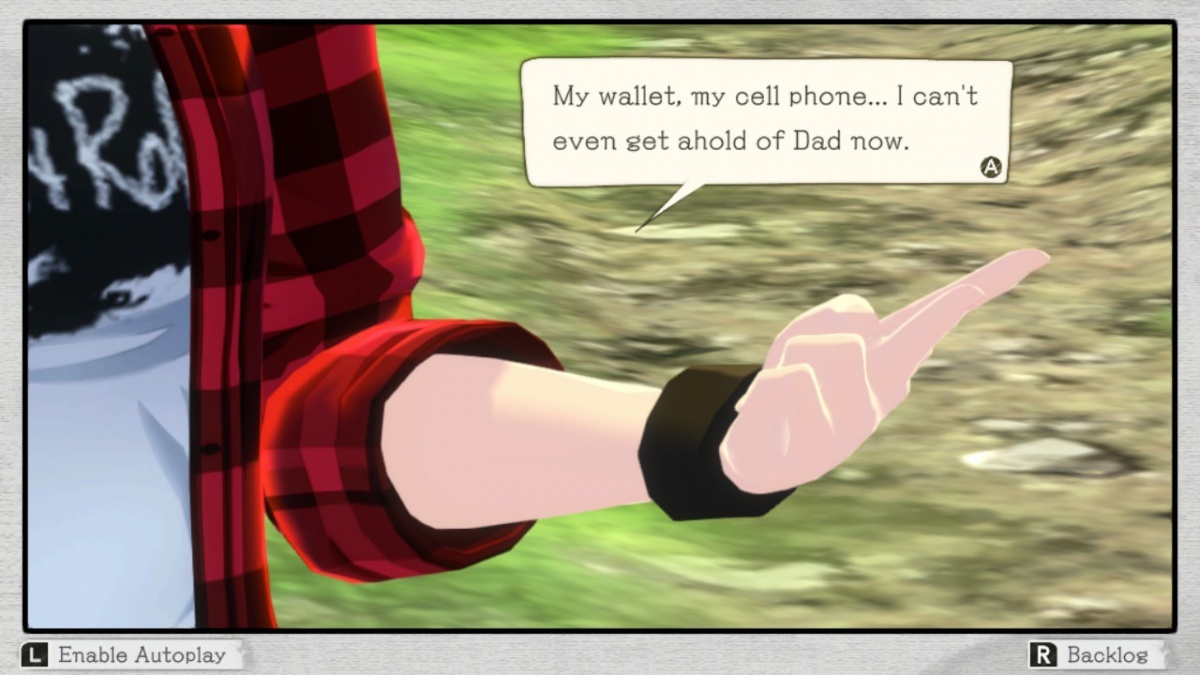
Cubed3 Rating
Great - Silver Award

Another Code: Recollection recontextualises two of gaming's most obscure and heartfelt stories into a single cohesive whole, improving upon them in almost every way and providing a much wider audience with a chance to enjoy the adventure of Ashley Robbins. There are some rough edges here and there but the games are overwhelmingly a slow yet excellent journey that really ought to be experienced by everyone who can stomach the pacing. Melancholic, nostalgic adventures that come highly recommended!
Comments
Comments are currently disabled

 Sign In
Sign In Game Details
Game Details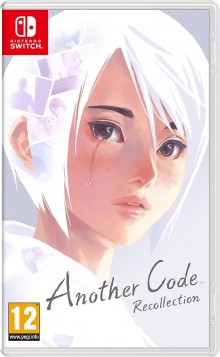
 Out now
Out now  Out now
Out now  Out now
Out now  Out now
Out now  Subscribe to this topic
Subscribe to this topic Features
Features





 Top
Top

